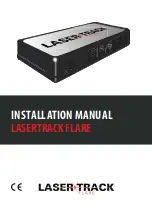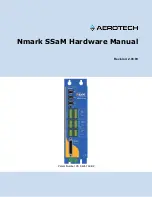
4
Security
DANGER
DANGER
DANGER
WARNING
Security
Safety instructions
Electric shock, short cir-
cuit, fire, explosion
Use of a damaged or defective charger and a dam-
aged or defective electrical socket, improper use of
the charger or failure to observe the safety instruc-
tions can cause short circuits, electric shocks, explo-
sions, fires or burns.
e
Only use accessories, e.g. power supply and ve-
hicle cables, that have been approved and sup-
plied by Porsche.
e
Do not use a damaged and/or soiled charger.
Check the cable and plug connection for damage
and soiling before use.
e
Only connect the charger to properly installed
and undamaged electrical sockets and fault-free
electrical installations.
e
Do not use extension cables, cable reels, multiple
sockets or (travel) adapters.
e
Disconnect the charger from the mains supply
during thunderstorms.
e
Do not modify or repair any of the electrical com-
ponents.
e
Have faults corrected and repairs performed by
experts only.
Electric shock, fire
Incorrectly installed electrical sockets can cause
electric shock or fire when the high-voltage battery
is charged using the vehicle charge port.
e
Power supply testing and installation and initial
operation of the electrical socket for the charger
must only be carried out by a qualified electri-
cian. This person is fully responsible for compli-
ance with the relevant standards and regulations.
Porsche recommends that you use a certified
Porsche service partner.
e
The cross-section of the power cable for the
electrical socket must be defined in accordance
with the wire length and the locally applicable
regulations and standards.
e
The electrical socket used for charging must be
connected to a separately fused electric circuit
that complies with local laws and standards.
e
The charger is intended for use in private and
semi-public areas, e.g. private properties or
company car parks. In some countries, e.g. in
Italy and New Zealand, mode 2 charging is
pro-
hibited
in public areas.
Further information is available from your Por-
sche partner or your local electricity supplier.
e
Unauthorised persons (e.g. playing children) or
animals must not have access to the charger and
the vehicle during unsupervised charging.
g
Always read the safety instructions in the in-
stallation manual and the Driver's Manual.
Electric shock, fire
Incorrect handling of the plug contacts can lead to
electric shock or fire.
e
Do not touch the contacts on the vehicle charge
port and charger.
e
Do not insert any objects into the vehicle charge
port or charger.
e
Protect electrical sockets and plug connections
against moisture, water and other liquids.
Flammable or explosive
vapours
Components of the charger can cause sparks and
ignite flammable or explosive vapours.
e
To reduce the risk of explosion – particularly
in garages – make sure that the control unit is
located at least 50 cm above the floor during
charging.
e
Do not install the charger in potentially explosive
atmospheres.
In order to satisfy the requirements regarding the
limits on exposure to electromagnetic radiation
(1999/519/EC), install the charger so that there is a
minimum distance from all persons of 20 cm.
Observe the following instructions and recommenda-
tions in order to guarantee uninterrupted charging
with the charger:
–
When installing a new electrical socket, select
an industrial electrical outlet with the highest
possible power available (adapted to the domes-
tic electric installation) and have it put into op-







































